The global scramble for lithium resources has intensified dramatically in recent years, reshaping geopolitical alliances and corporate strategies alike. As the world transitions toward renewable energy and electric vehicles, this silvery-white alkali metal has emerged as the new oil of the 21st century. Unlike fossil fuels however, lithium deposits are concentrated in just a handful of countries, creating unprecedented tensions between resource-rich nations and industrial powerhouses desperate to secure supply chains.
South America's "Lithium Triangle" - spanning Argentina, Bolivia and Chile - holds over half the world's known lithium reserves beneath its salt flats. Yet despite sitting on this geological fortune, these nations have struggled to convert resources into economic prosperity. Bolivia's state-led development model has failed to produce commercial quantities after 15 years of effort, while Chile's recent move toward resource nationalism has spooked investors. Argentina presents a more complex picture, with provincial governments adopting different approaches to attract foreign capital while retaining control over strategic assets.
Meanwhile, Australia has emerged as the world's top lithium producer, leveraging its mining expertise and stable investment climate. Hard rock lithium mining in Western Australia now supplies nearly half of global production, though this comes with higher extraction costs compared to South American brine operations. The Australian government has been quietly building strategic partnerships, recently signing critical minerals agreements with both the United States and India as part of broader security alignments.
The geopolitical chessboard extends to Africa, where Zimbabwe implemented an abrupt raw lithium export ban in late 2022 to force domestic processing. This move disrupted Chinese traders who had been shipping unprocessed ore directly to refineries in Jiangxi province. China currently controls about 60% of global lithium refining capacity, giving it enormous influence over the entire battery supply chain despite owning relatively modest domestic reserves. Beijing's strategy of securing mining rights across three continents while dominating midstream processing has put Western governments on high alert.
North America and Europe find themselves playing catch-up after decades of underinvestment in mineral extraction. The U.S. has only one operational lithium mine in Nevada, though the recently discovered Thacker Pass deposit could become North America's largest source if legal challenges from environmental groups and Native American tribes are resolved. Germany made headlines by discovering substantial lithium deposits beneath the Rhine River, but extracting it from geothermal brine presents technical hurdles that may take years to overcome.
Corporate battles mirror these geopolitical tensions. Traditional mining giants like Rio Tinto and Albemarle find themselves competing with automakers who've decided to vertically integrate their supply chains. Tesla has been quietly acquiring lithium claims across Nevada, while General Motors invested $650 million in Lithium Americas' Thacker Pass project. Chinese companies like Ganfeng Lithium and Tianqi Lithium continue their global shopping spree, recently outbidding Western firms for mining rights in Mali and Mexico.
The technological frontier adds another layer of complexity. Direct lithium extraction (DLE) technologies promise to revolutionize production from brine sources, potentially unlocking reserves in places like Arkansas or Germany that were previously uneconomical. Several startups claim their DLE systems can dramatically reduce water usage and land impact compared to traditional evaporation ponds. However, these technologies remain largely unproven at commercial scale, leaving investors to gamble on which methods might eventually dominate.
Market volatility compounds these uncertainties. Lithium prices swung wildly between 2021-2023, peaking near $80,000 per metric ton before crashing below $20,000 as new supply came online. Such fluctuations make long-term planning extraordinarily difficult for both miners and battery manufacturers. Some analysts warn the industry could face periodic boom-bust cycles similar to those that have plagued oil markets for decades.
Environmental concerns present yet another challenge. Lithium extraction inevitably impacts local ecosystems, whether through water-intensive brine pumping in arid regions or the open-pit mining of spodumene ore. Indigenous communities from Chile's Atacama Desert to Nevada's McDermitt Caldera have mounted legal challenges against projects they say threaten ancestral lands and scarce water resources. These conflicts are forcing companies to develop more sustainable practices, though whether these measures go far enough remains hotly debated.
Looking ahead, the lithium landscape appears destined for further disruption. Geopolitical realignments, technological breakthroughs, and shifting consumer demand will continue redrawing the resource map. What remains unclear is whether the world can develop enough production capacity to meet projected demand without replicating the extractive excesses of previous industrial revolutions. The lithium rush has only just begun, and its ultimate consequences - both intended and unintended - will shape the clean energy transition for decades to come.
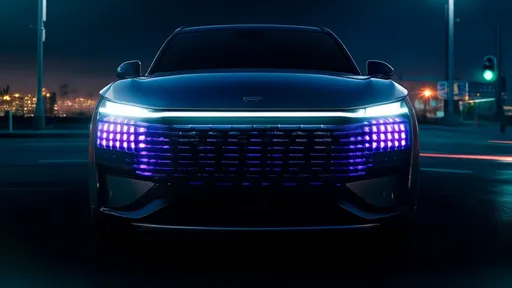
By /Jun 15, 2025

By /Jun 15, 2025

By /Jun 15, 2025

By /Jun 15, 2025
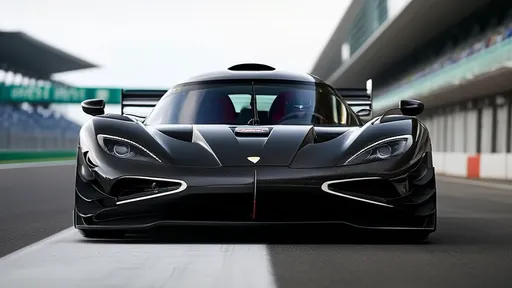
By /Jun 15, 2025
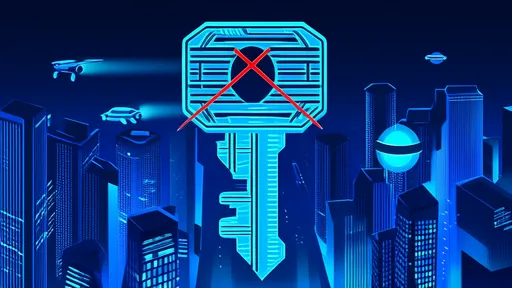
By /Jun 15, 2025

By /Jun 15, 2025
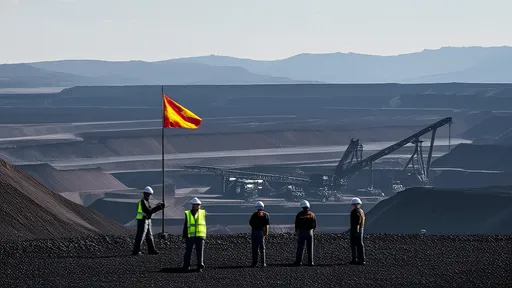
By /Jun 15, 2025
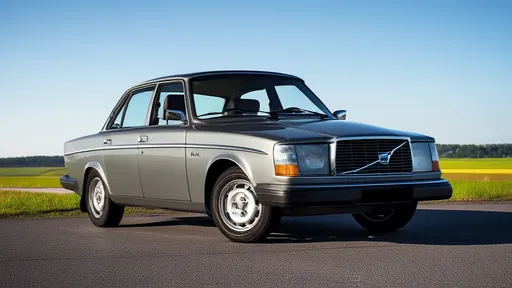
By /Jun 15, 2025

By /Jun 15, 2025

By /Jun 14, 2025

By /Jun 14, 2025

By /Jun 14, 2025

By /Jun 14, 2025

By /Jun 14, 2025

By /Jun 14, 2025

By /Jun 14, 2025